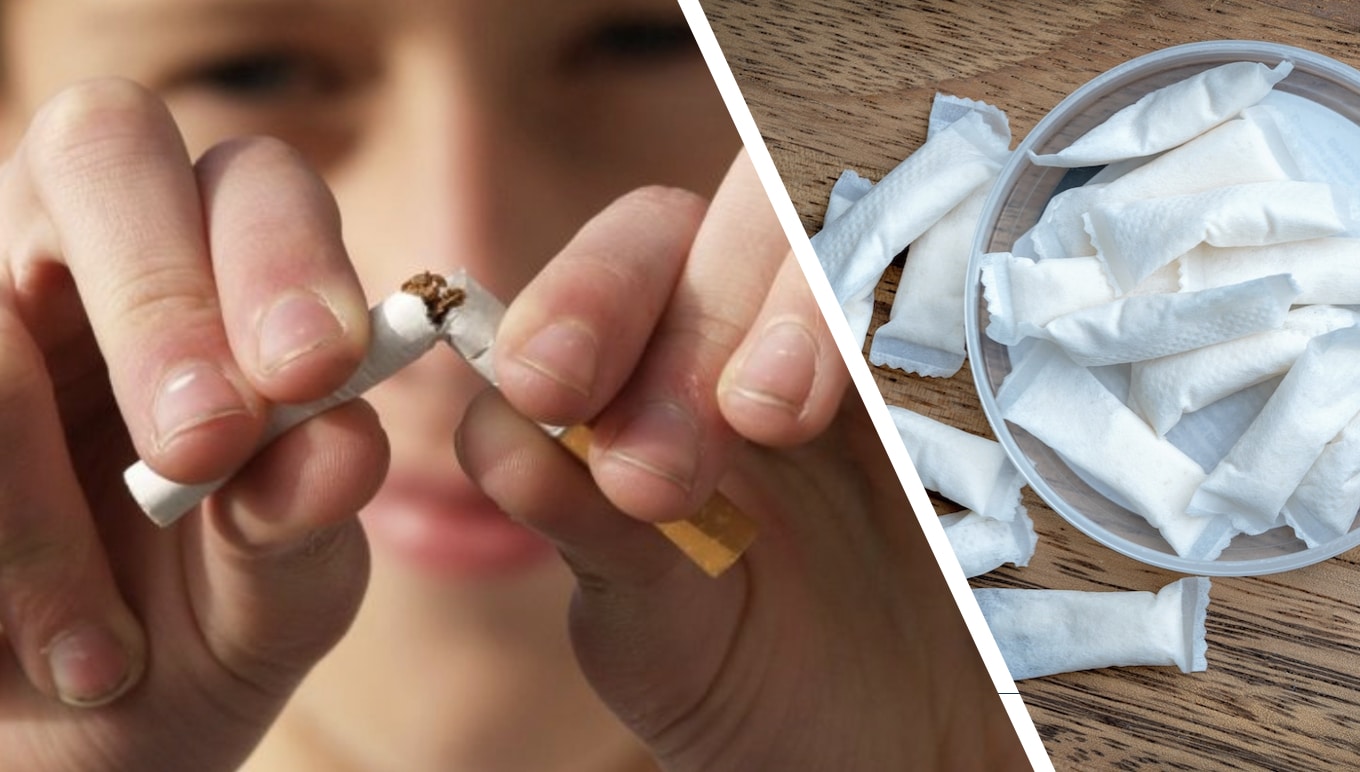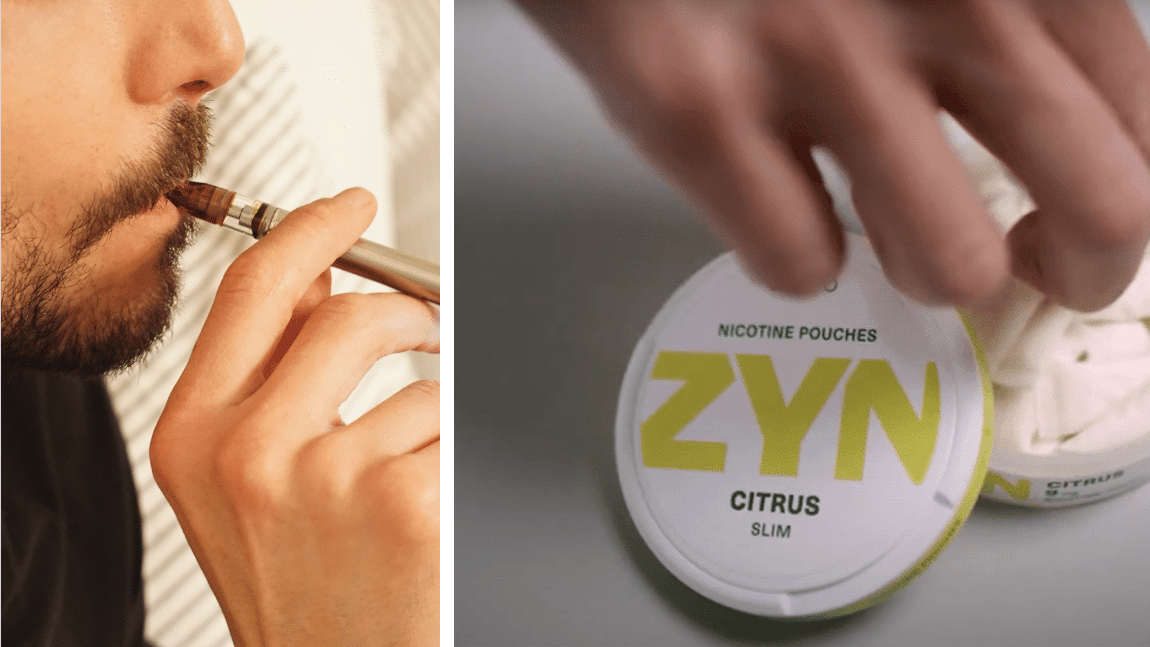
Sweden nears smoke-free status: a ‘public health miracle’
Sweden will soon be the first country in the world to reach smoke-free status. And lessons from Sweden’s “public health miracle” can help inspire other countries, according to a new report on the “Swedish Experience” with tobacco harm reduction.
The report, “The Swedish Experience: A Roadmap to a Smoke-free Society”, describes many of the circumstances that have contributed to Sweden’s current daily smoking rate of 5.6 percent. It also details many of the positive public health effects, including a 38 percent lower incidence of cancer compared to the rest of the EU and a 39.6 percent lower tobacco mortality rate.
“In many ways, Sweden is the best-kept secret in public health,” said lead author Dr. Delon Human during the report’s launch event in Stockholm.
“We want to make sure that the rest of the world understands what Sweden has achieved.”
Human, head of the pro-harm reduction healthcare consulting group Health Diplomats, explained that in 2023 Sweden’s daily smoking rate will likely drop below 5 percent, the World Health Organization (WHO) definition of “smoke-free”.
Meanwhile, he continued, the smoking prevalence in much of the rest of the EU is closer to 25 percent. He believed it was unlikely that any other EU member state would likely reach smoke-free status by the EU target of 2040.
Democratisation of tobacco control
Sweden, said Human, had already democratised affordable design furniture thanks to Ikea and car safety thanks to the 3-point seatbelt pioneered by Volvo.
“What we see here is now a democratisation of tobacco control,” he explained.
“Why is this not being shouted from the hilltops that this is a fantastic public health achievement?”
The reason, according to physician Dr. Anders Milton, head of the Snus Commission, is that Sweden’s public health bodies follow an absolutist and moralistic view of tobacco propagated by the WHO.
In their eyes, “anything related to tobacco consumption or consumption of nicotine is bad regardless if it kills you or doesn’t kill you”, Milton told the audience.
He emphasised that it’s Swedish consumers and citizens, rather than the country’s public authorities and politicians, that deserve the most credit for putting Sweden on the doorstep of becoming the first country in the world to achieve smoke-free status.
“In Sweden, we are in a position where people have chosen, not the authorities. But the authorities have accepted it,” he explained.
Consumers pivotal in Sweden’s smoke-free journey
The availability and cultural acceptance of snus in Sweden as a safer, smoke-free alternative, allowed consumers to make that choice as the dangers of cigarettes became more widely known.
Sweden’s exemption from the EU snus ban was likely critical to Swedes’ narrow acceptance of EU membership in 1995, said Milton. And comparing Sweden’s public health statistics with the rest of the EU since then makes it clear that the availability of snus in Sweden has resulted in tangible public health benefits.
“It’s important for Swedish public health, the Swedish image, and Swedish consumers, to have snus. We have snus. The rest of Europe doesn’t,” he explained.
Cardiologist Konstantinos Farsalinos also highlighted consumers’ role in the “Swedish Experience” of tobacco harm reduction as it draws ever closer to reaching smoke-free status.
“This has been a consumer-initiated and consumer-driven revolution,” he said.
New Zealand-based harm reduction advocate Marewa Glover drew parallels to the role consumers played in the growth of vaping. The vaping “industry” really began with smokers embracing vaping as a safer alternative.
“Consumers innovated and improved the product. They began to set up vape shops. They began to set themselves up as manufacturers. It really was a groundswell of consumer-driven innovation,” she explained.
“Then people who smoked all around the world got into the vaping industry. It wasn’t the tobacco companies.”
Neutrality and Sweden’s smoke-free status
Researcher Karl Olof Fagerström, also a member of the Snus Commisison, theorised that Sweden’s neutrality during World War II helped create conditions that allowed Swedes to choose snus over cigarettes.
“Smoking among men never went up as high in Sweden as in the countries that went to war and where cigarettes were freely and widely distributed,” he explained.
“That also meant that the old habit of using snus prevailed in some small pockets of the society.”
Thus as the health hazards of smoking became more widely known in the 1960s and 1970s, Swedes could easily substitute cigarettes with snus, a much less harmful alternative.
Farsalinos pointed out that, while very few Swedes smoke, the country’s overall nicotine intake is “almost identical” to the rest of Europe.
“But they’re not taking nicotine through smoking. And this is the big difference between Sweden and the rest of the European Union,” he explained.
Public health battle has become a moral battle
Because Swedish nicotine consumers choose snus, and more recently nicotine pouches, the country’s nicotine use hasn’t resulted in the same amount of death and disease as seen in other EU countries.
“They manage to be smoke-free by substituting for cigarettes, using other products,” he continued, pointing out that “the enemy is smoking”.
“Sweden as a country has not eliminated nicotine use, it has eliminated smoking, and that’s a public health benefit for the population.”
Farsalinos lamented that the anti-tobacco movement has shifted the discussion about tobacco and nicotine to one about the morality of personal choice rather than public health.
“The fight against tobacco and against nicotine, appears to be more of a moral battle about ethics and judging behaviours rather than a public health battle,” he said.
Milton agreed, arguing that “it’s important for public health authorities to tell people the truth” about products’ relative risks and associated harms.
The opportunity cost of battling safer nicotine options
Glover pointed to the opportunity cost for wider public health goals of devoting resources toward making it harder for consumers to have access to reduced-risk products.
“You have billions of dollars pouring into trying to get people to stop using nicotine via risk-reduced products,” she said
“That money could be diverted to the next, you know, leading cause of preventable disease.”
The report concludes by identifying six factors behind Sweden’s smoke-free status that are “key to driving considerable reductions in smoking prevalence”.
The factors include differentiating between combustible and non-combustible forms of tobacco; risk differentiation between different tobacco and nicotine products; and providing access to smoke-free alternatives such as snus. Also important is public education about reduced-risk alternatives, consumer acceptance of those alternatives, as well as making those alternatives affordable.
“Taken together, these learnings will help countries struggling to beat smoking,” the authors write.
“It is our belief that if the policies and approach of Sweden are replicated, countries around the world will be able to become smoke-free, just as Sweden has done.”




